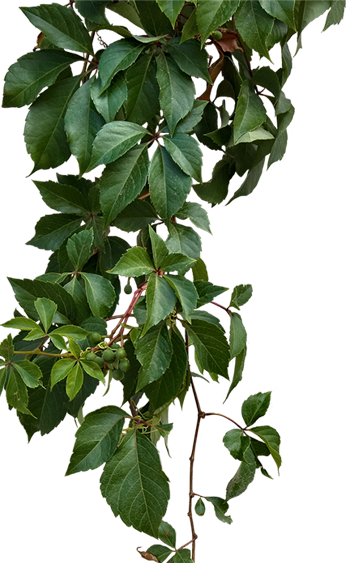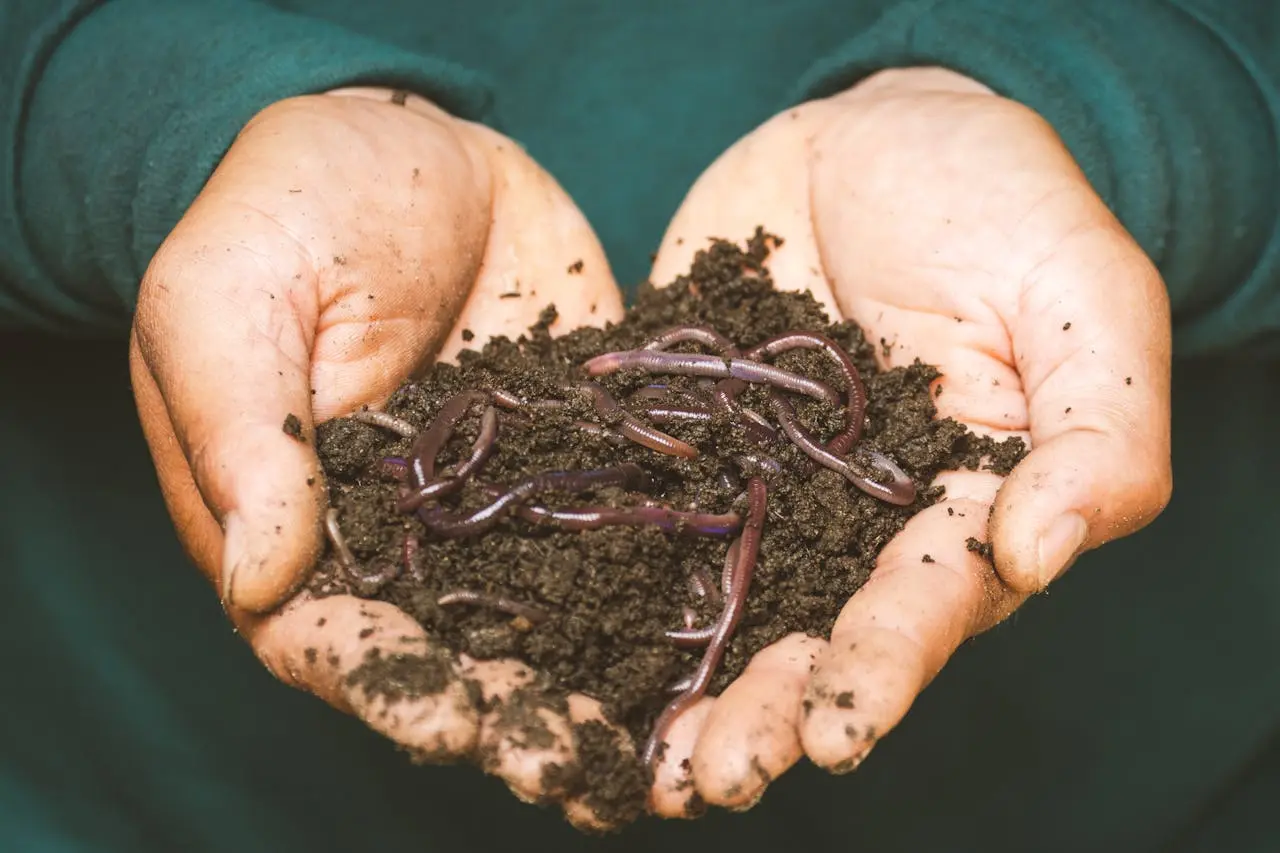In this blog post, we’ll cover:
ToggleUnearthing the World Beneath Our Feet: What Are Lawn Worms?
As a homeowner, I used to overlook the worms wriggling through my lawn. To me, they were just another part of the landscape – no more important than the grasshades they slithered between. But after a recent uproar over the misinformation being spread about these humble gardeners, I decided it was time to get the facts straight.
What I discovered surprised me – lawn worms play a vital role in the health of our yards and gardens. And while a small number can cause grass and grub damage, most species enrich the soil and turf. Once I understood their lifecycle and what attracts them, it became much easier to cultivate the “good guys” and discourage pests.
Key Takeaways |
1. Lawn worms play an important role in soil health, with earthworms being beneficial while some species like grubs can damage grass. |
2. Proper lawn care like watering deeply, leaving clippings, using compost, and avoiding pesticides fosters beneficial earthworms. |
3. Pest worms like grubs and caterpillars require identification and well-timed, targeted treatments to control populations without harming beneficial species. |
4. While earthworms improve fertility and drainage, their tunneling and castings can make lawns bumpy requiring maintenance like raking and rolling. |
5. Encouraging birds, beneficial nematodes, and other predators provides natural control of pest worm populations. |
What Are Lawn Worms?
When we think of earthworms, fat, pink nightcrawlers often spring to mind. But not all soil-dwelling worms resemble these composting champions. The world of lawn worms includes various beetle larvae and caterpillars that live part of their lifecycle within the grassroots. Let’s meet the most common lawn invaders:
Grub worms: These plump, C-shaped grubs are the young of various beetle species. The most notorious in North America are Japanese beetles and their relatives, rose chafers, and June bugs. Their white grub larvae munch on grass roots from summer through fall.
Cutworms and armyworms: While overwintering as larvae in the soil, these night-feeding caterpillars emerge to devour grass blades down to the crown. They leave behind ragged, brown patches in their wake.
Sod webworms: Active at night, the larvae of these tiny tan moths graze on grass stems and blades. Their feeding causes grass to turn brown and die in irregular dead patches.
Now that we know what they are, let’s explore why our lawns attract these subterranean snackers.
How Do Lawn Worms Benefit Our Gardens?
Believe it or not, having a moderate number of worms and grubs can benefit our landscapes. As they feed on decaying plant material and tunnel through soil, they aerate and enrich the ground. Earthworms in particular are vital to building healthy soil structure. Their castings contain nutrients plants need, and their burrows allow air and water movement to plant roots.
Unfortunately, most homeowners only notice worms when their feeding becomes excessive. Hungry larvae and caterpillars munching grass roots and blades can leave lawns looking ragged and thin. But reaching for a chemical treatment at the first sign of damage risks eliminating valuable worms as well.
To keep our lawns lush while still reaping subterranean benefits, it helps to understand what attracts these creatures in the first place.
But Wait, Can Lawn Worms Cause Damage?
As with most living things, moderation is key when it comes to lawn worms. While beneficial in normal numbers, some species can seriously damage turfgrass if left unchecked.
White grubs and other beetle larvae feed on grass roots, which cuts off the plant’s ability to transport water and nutrients. The first sign of their presence is usually scattered brown patches of wilting, dying grass. Skunks, moles, and raccoons digging up your lawn in search of juicy grubs are another giveaway.
Caterpillars like cutworms and armyworms devour grass blades down to the crown. This scalping leaves unsightly dead patches and thinning turf in their wake.
Sod webworms chew through stems at the soil surface rather than the roots. But extensive feeding causes grass to turn brown and die back in areas up to several feet wide.
When these pests invade in large numbers, they can destroy entire lawns. So what draws them in and encourages them to stay?
How to Attract the Good Guys: Encouraging Beneficial Worms
A healthy lawn ecosystem contains a balance of beneficial insects, earthworms, bacteria, and fungi living symbiotically with turfgrass. As organic matter decays, these organisms release nutrients for plant growth. Their tunneling improves drainage and air circulation for robust root development.
We can encourage this natural balance by incorporating proper lawn care such as:
- Leaving grass clippings on the lawn after mowing. These break down over time, feeding soil organisms.
- Watering deeply and infrequently. Proper watering encourages deep root growth and biological activity in the root zone.
- Topdressing annually with 1⁄4” of compost. This adds organic matter to feed earthworms and soil microbes.
- Avoiding pesticide use. Chemicals kill both beneficial and pest species indiscriminately.
Adopting these practices provides worms and microbes with the air, water, and food they need. This fosters a teeming soil biome where your lawn can thrive naturally.
What If I Don’t Want Pests in My Lawn?
For homeowners battling full-blown lawn worm infestations who are worried about significant damage, prevention alone often fails to solve the problem. When pest species invade grass roots and blades in significant numbers, active control becomes necessary.
The most common reactive treatment is applying synthetic insecticide granules. But these chemicals fail to target some species when applied at the wrong lifecycle stage. And they eliminate earthworms and other benefits from your lawn for months.
For effective, eco-friendly pest control, I recommend:
- Identifying the culprits first. Capture and inspect several larvae or worms to determine the species. Take samples of damaged grass as well.
- Timing treatments carefully based on the pest’s lifecycle. Learn when they are active below ground as larvae or feeding above ground as adults.
- Using biological insecticides containing natural pathogens. Nematodes and milky spore disease attack grubs safely at the larval stage. Bacillus thuringiensis (BT) targets actively feeding caterpillars.
- Employing natural predators like birds or beneficial nematodes. Items like bird feeders and bat houses encourage grub-eating wildlife to frequent your lawn.
The key is precision targeting through proper identification, timing, and product selection. Avoid carpet bombing your lawn with toxic chemicals that devastate the entire soil ecosystem.
Are Lawn Worms a Sign of Healthy Turf?
When I notice the occasional worm surfacing after a good soaking, I no longer cringe. Now I view them as signs my lawn ecosystem is thriving. But some species should raise red flags if they appear in abundance:
Beneficial worms: Earthworms and soil-dwelling springtails signal a robust biome teaming with life. Their presence decomposes thatch and feeds grassroots.
Pest worms: White grubs, armyworms, and sod webworms feasting in high numbers indicate looming lawn damage. Take steps to identify and control them before turf loss occurs.
Predators: Skunks or moles tunneling frequently likely indicates a large subsurface grub population. Deal with the larvae first before these mammals destroy your lawn searching for them.
In the end, lawn worms mirror the health of the soil beneath. Aim to cultivate the beneficial species naturally, while managing lawn pests if they begin overwhelming the ecosystem.
Wrapping Up: The Unsung Heroes of Our Gardens
What an unexpected journey learning about the worms beneath my feet has been! From wriggly pests to heroic decomposers, these humble soil-dwellers perform unseen miracles that sustain plant life.
While some lawn worms, lawn grubs, and beetle grubs damage grass when unchecked, most species enrich our lawns. Earthworms in particular are vital organisms that regenerate nutrients and improve soil health. By fostering conditions beneficial microscopic creatures thrive in, lush grass and healthy plants will flourish as well.
So next time you spy a worm surfacing after a rain, consider thanking them for their hard subterranean work instead of cursing their existence. Our green gardens owe more to these tiny tunnelers than most of us realize. Mind your underground allies, and your lawn is sure to thank you for it! For more lawn care or gardening related information, check out our more recent blog here!










